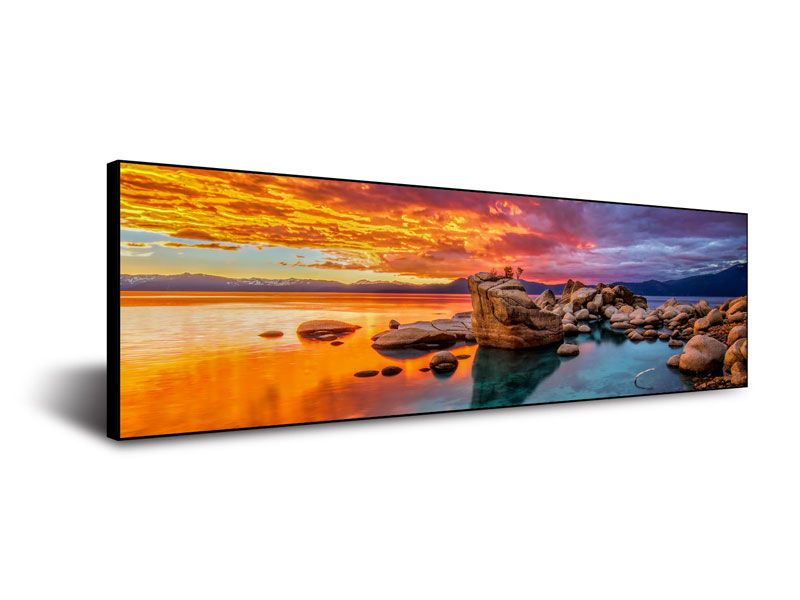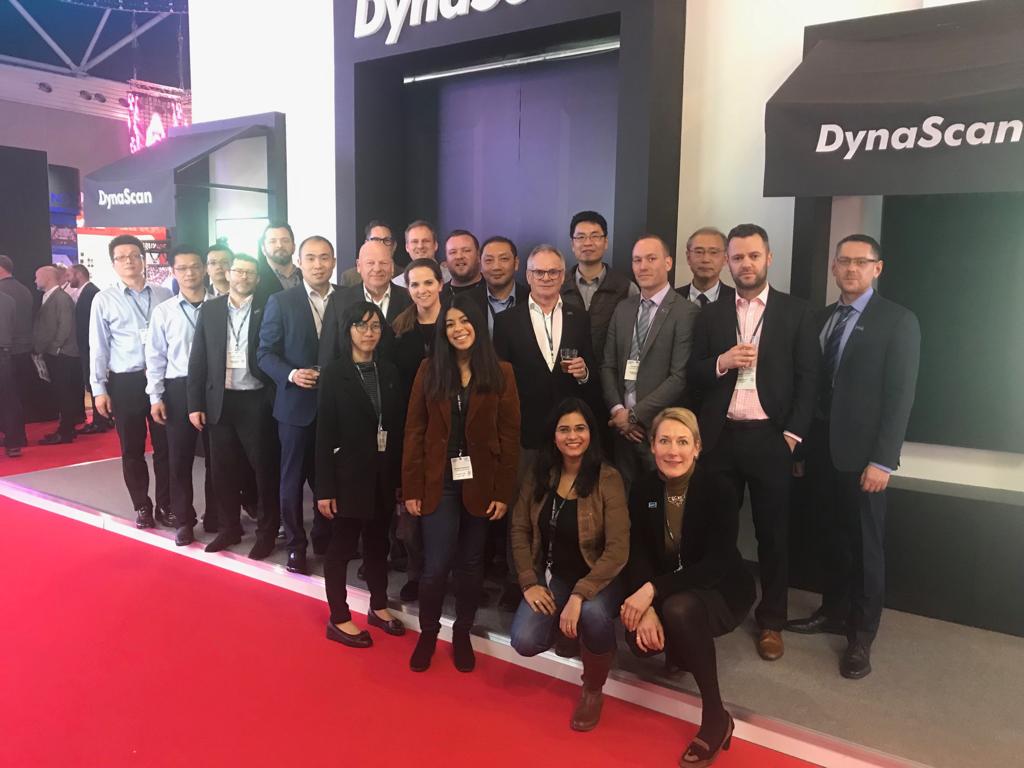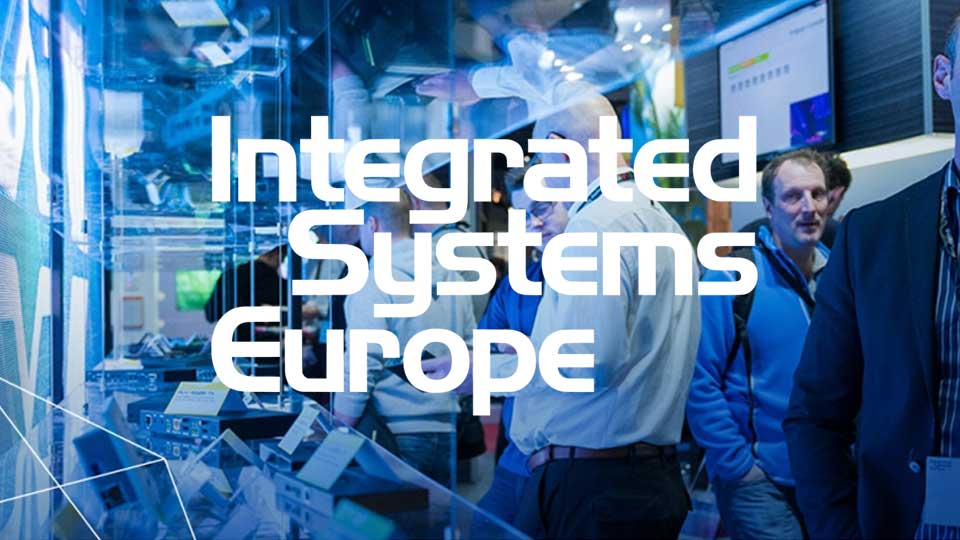There are a lot of specs bandied about when it comes to digital signage and video displays – sampling rate, ultra-high definition, 4K, 8K, high dynamic range, you name it. However, companies that really want to get the most bang for their digital signage buck ought to be paying more attention to nits, according to high-brightness display maker DynaScan Technology, Inc.
DynaScan has been in the digital signage solutions business since 1998. With a strong focus on the retail market and extensions into most other verticals as well, DynaScan is very focused on its wide range of high-brightness and narrow-bezel professional LCDs.
Unlike many in the video display game these days, DynaScan takes pride in actually manufacturing (not outsourcing) its products from the ground up. “We specialize with our background of testing and measurement of the LCDs and LED displays we manufacturer,” says director of business development David Huang.
A big part of its manufacturing philosophy is offering a large selection to its dealers with an emphasis on delivering high-brightness solutions. “We choose to build this huge selection, huge portfolio of products that is high-bright, color calibrated, and is power-efficient,” Huang says.
Huang and DynaScan marketing manager Scott Pickus discuss why selection and high-brightness is so important when considering digital signage solutions.
Visibility and Beating the Sun
What good is a display, digital signage or otherwise, if the target audience can’t see it? LCD manufacturer DynaScan maintains that high-brightness is the key to reliable visibility. “Think about it,” says Scott Pickus, DynaScan marketing manager. “Customers are looking to replace posters with something dynamic, something digital. Historically, screens haven’t been bright enough to be seen.”
Any integrator who has deployed video solutions outdoors, particularly in climates in which the sun shines brightly for long periods of time, can tell you, the sun is a formidable opponent to video displays. It takes a high-brightness solution to overcome the sun.
“Our competitors aren’t achieving the brightness level that you need to stick a screen in the window and fight against the reflection on the glass, fight the direct sunlight, fight the infrared that’s coming in through the window,” says Pickus.
He’s referring to DynaScan’s product selection with nit ranges from 3,000 to 7,000 in its range of LCD solutions from 32 to 84 inches. “Now, in most cases, you probably don’t need the 7,000 nits,” acknowledges Huang. So why does DynaScan produce LCD display solutions with such a high nit rating? It’s simple. There are end users that deal with bright sunlight that demand it, he says.
Pickus maintains that competing LCD solutions don’t achieve the brightness level needed to put a screen in the window. “You need to have at least 3,000 nits to face direct sunlight and still be able to achieve a visible screen to the viewer.”
Otherwise the mission isn’t accomplished, Huang adds. “People can’t see it. It looks inferior. When they invest in changing from a static poster to creating a new digital network, whether it’s for advertising, information display or way-finding or anything, you want to make sure it can be seen, so it can be read, so it can do its job. You can’t say it only works at nighttime.
“It’s a very basic expectation from digital signage network operators or any users who are trying to adapt and change or create a new digital kiosk or network of products for their locations. The visibility is important.”
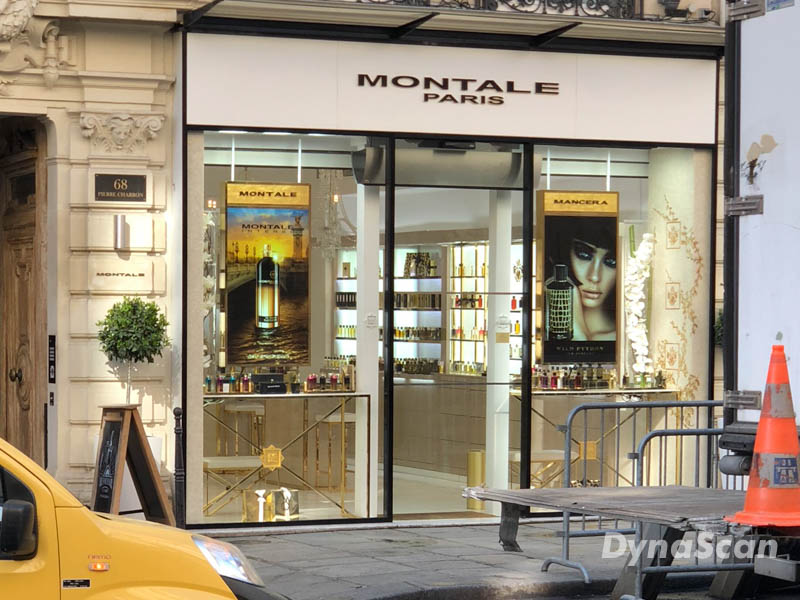
An Era of Color Correctness
Think about a logo. The colors are carefully chosen for branding purposes. If the colors are altered, well, it’s really not the correct logo anymore, is it?
“Your logo has to look like your logo,” Huang says. “The color has got to be right.”
DynaScan ought to know. Its customer roster includes many well-known retail brands. As such, “We calibrate every single screen off the factory floor to ensure that we are reproducing a natural color,” Pickus says.
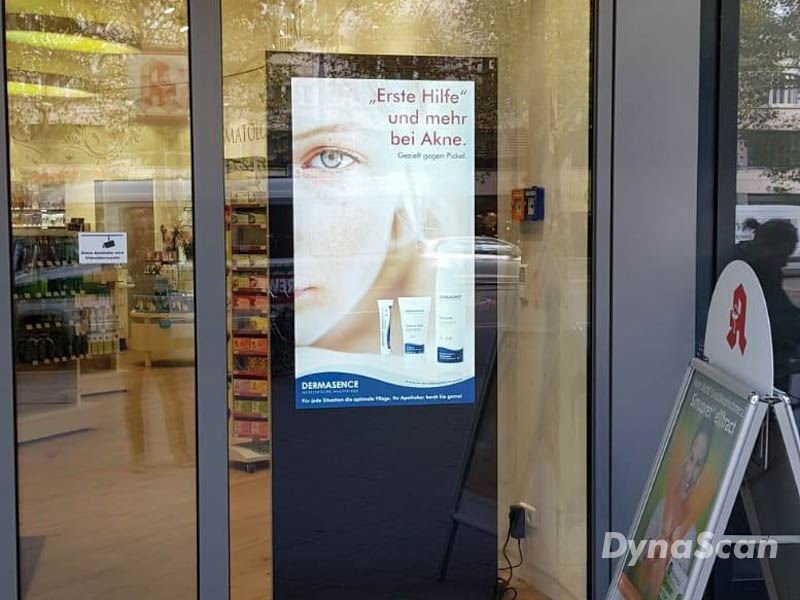
Power Consumption and Cost of Ownership Benefits
Huang describes a dirty little secret of most manufacturers of so-called high-brightness LCD displays. “They just jack up the power. Drive the backlight. Use a higher power LEDs. More power comes out, but it’s very power inefficient. It also generates a lot of heat.”
That’s not good for anybody.
DynaScan, on the other hand, “will select the right LEDs, the best LEDs, and match them with the right liquid crystal panels,” Huang says. “Also, we have our proprietary IC drivers and our own local dimming methods, so that we can really get that brightness out and then have less power. It depends on what models we compare to, but we could have 30 percent more brightness and 30 percent less power than a competitor’s product on the market.”
Easy Operation
DynaScan’s catalog of high-brightness displays includes features aimed at helping end users manage their digital display network. “A lot of our monitors now include an on-board player, so it’s an all-in-one solution,” Pickus says. “It’s just a matter of plugging in an SD card or USB media device.”
There’s also the matter of being able to monitor the digital display network. That’s where DynaScan’s automatic feedback information comes in handy for end users. “Say if it’s overheating, a fan has failed, the power has failed,” Huang says. “With SNMP protocols, read-back functions can be sent to the digital signage players so they can better monitor the status of monitors out in the field.”

Beacon Effect
These days most digital sign or display deployments are aimed at creating some sort of customer interaction. That is simply not going to happen if the display isn’t standing out like a beacon.
- Will it be touch?
- Will it be interactive?
- Will it be reactive?
- What kind of content gets played on it?
- What is the intention and goal of the display?
- Is audio integrated with it?
“No matter what the goal,” Huang says, “you still need a bright monitor to see over the sunlight or in the higher bright environment. If you can’t see it, nothing you do will work.”
To learn more about DynaScan and its high-brightness LCD digital signage display solutions, click here.
